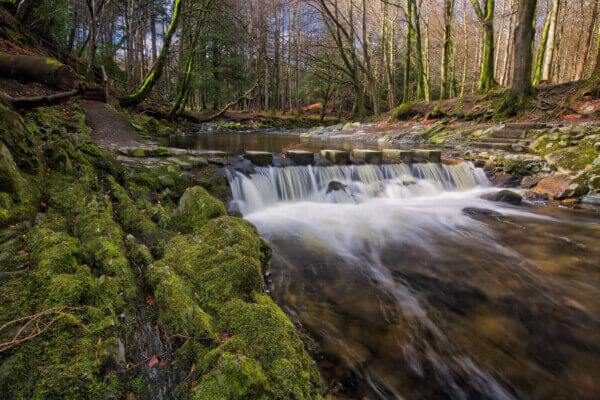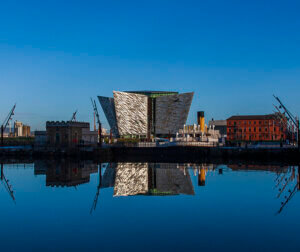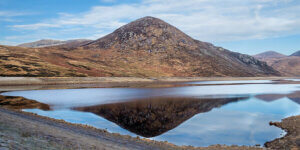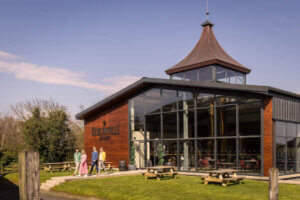Are you a fan of The Chronicles of Narnia, the series of fantasy novels by C.S. Lewis, who was born in Belfast? Perhaps you didn’t know that there are specific CS Lewis attractions in Ireland that inspired the prolific writer to create his large body of work.
 This post and page contain affiliate links and I may earn compensation when you click on the links at no additional cost to you.
This post and page contain affiliate links and I may earn compensation when you click on the links at no additional cost to you.
Here are some of the places that inspired this talented novelist, whose writings are loved throughout the world.
Belfast, the Birthplace of C.S. Lewis
While it’s not possible to visit his childhood home on 76 Circular Road in the Strandtown section of Belfast, there is a sign outside the house that says, “Little Lea” and over the fence, you can see this description, “C.S. Lewis – author and critic – lived here 1905-1917.”
This was not the first Belfast home that Lewis lived in, however.
The semi-detached home where he was born on Nov. 29, 1898, was located on Dundela Avenue in a densely populated part of the city.

It no longer exists because the house and others nearby were demolished in the 1950s to accommodate social housing.
His father, a solicitor, was firmly planted in Belfast’s early 20th-century middle class.
That meant Lewis and his brother were not exposed to the overcrowded neighborhoods that existed in other parts of this growing industrial city.
The family’s move to the suburbs avoided the smog that was prevalent in Belfast at the time due to its abundance of factories.
Belfast was the most successful city on the island of Ireland in terms of industry, with linen mills, ropemaking factories, tobacco production, and of course shipbuilding being its claim to fame in the late 1800s/early 1900s.
Read More: Belfast and the Titanic: An Epic Journey
“Little Lea,” Where Lewis’s Imaginings First Emerged
“Little Lea,” his new home, would prove to be the ideal place for Lewis’s incredible imagination.
He is quoted as saying, “I am a product of long corridors, empty sunlit rooms, upstairs indoor silences, attics explored in solitude, distant noises of gurgling cisterns and pipes, and the noise of the wind.”
By clicking on the Amazon links below, I may earn a small commission from the Amazon Associates Program. However, you will not incur any additional costs by doing so.
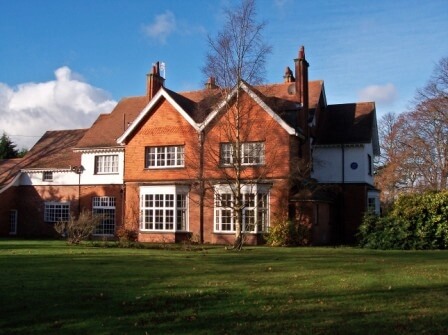
Perhaps it is out of this environment that Lewis’s character, Lucy, finds the wardrobe that leads to Narnia while exploring a large country house, as detailed in the novel, “The Lion, the Witch, and the Wardrobe.”
The house that Lewis and his brother, Warren, grew up in had a library and as a result, Lewis devoured many books from his father’s extensive collection.
Lewis had a happy childhood in this home, but the death of his mother would shatter him and his brother.
Two weeks after her death, Lewis was sent to a boarding school in England and that is where he would spend most of his adult life.
Dunluce Castle
Lewis first saw the impressive ruins of Dunluce Castle on the County Antrim coast when he was a little boy vacationing with his family.
In fact, Lewis himself has said that the castle was the inspiration for Cair Paravel, the capital of the Kingdom of Narnia.
Readers are first introduced to it in “The Lion, the Witch, and the Wardrobe.”
It also served as inspiration for the book following that, which was called, “Prince Caspian.”
In that novel, the castle is a ruin on an island, the location where the Narnia river meets the ocean.
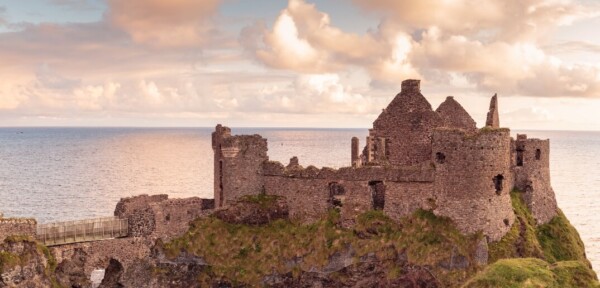
Dunluce was the former home of the MacQuillen family who controlled much of Northern Ireland during the 16th century.
It was later seized by the powerful MacDonnell clan under the leadership of Sorley Boy MacDonnell.
A small town actually grew up around the castle during the 17th century.
In recent years, archaeologists discovered medieval pottery that points to an earlier community of people living outside the castle’s main gates.
Discover Belfast’s Top Walking Tours
The Mourne Mountains
Lewis also vacationed in the Mourne Mountains with his family. They were drawn to an area of the Mournes near the village of Rostrevor.
Today, this is where you will discover the Narnia Trail, a looped walk that will take you through the woodlands of Kilbroney Park in County Down.
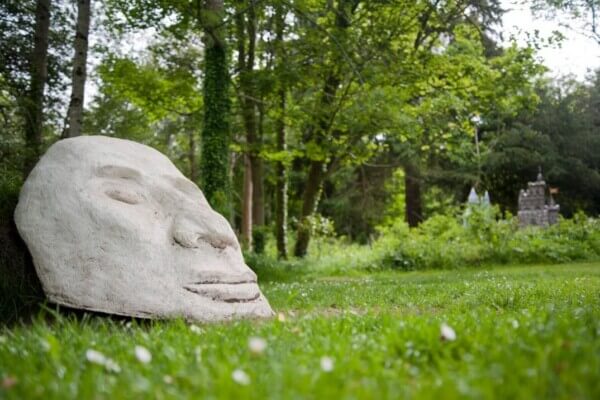
There are a number of interesting features along the way that will delight Narnia fans.
Walkers enter the trail through a “Wardrobe Door.” Beyond that lies a land that is filled with strange and intriguing creatures.
Expect to encounter “The Lamp Post,” “The Beaver’s House” and “Aslan’s Table.” The park also includes a number of Narnia sculptures and a maze.
The trail is especially fun for young children but really, all Narnia fans will enjoy this attraction.
The Cloughmore Trail has also been associated with the tales of Narnia. No doubt Lewis also visited the Cloughmore Stone as it is close to Kilbroney Park.
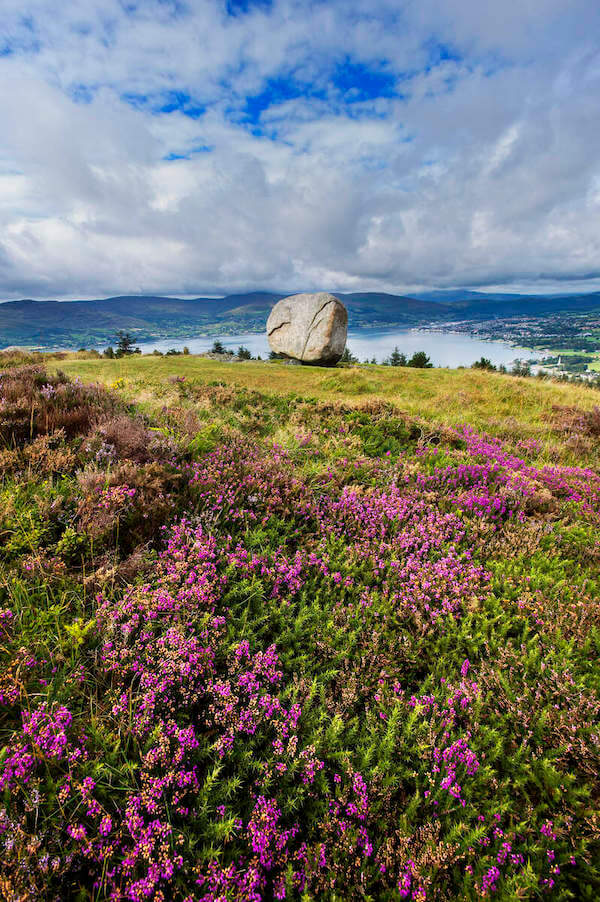
The Cloughmore Stone, locally known as “The Big Stone,” is a huge granite boulder that is located about 1,000 feet (300 meters) above Rostrevor.
The views of the countryside are breathtaking from here.
While the stone is thought to have been deposited in the area 10,000 years ago during the last Ice Age, Lewis would have been much more interested in the folklore associated with it.
Local legend says that the stone was thrown from the Cooley Mountains on the other side of Carlingford Lough by the Irish mythical giant Finn McCool and that it landed in this very spot.
Legananny Dolmen
The Legananny Dolmen in County Down, which dates to the Neolithic period, also served as inspiration for Lewis’s writings.
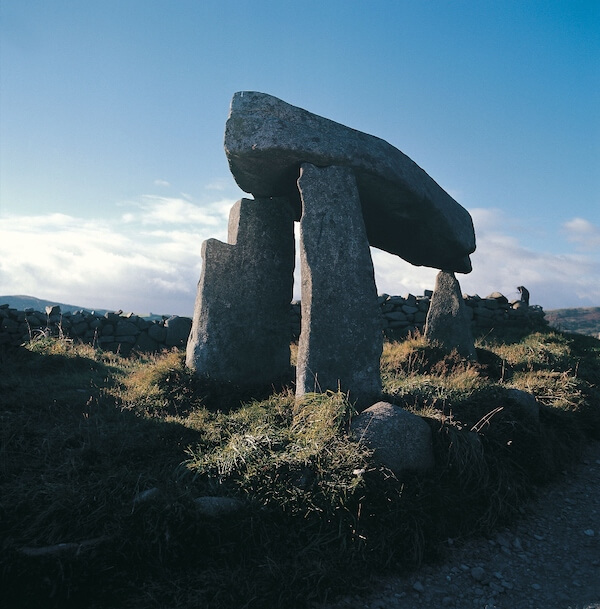
The 5,000-year-old monument was likely used as a burial place since some urns have been found nearby.
The portal tomb contains a large capstone over 3 meters (9 feet) long and about 1.8 meters (5 feet) off the ground.
The monument is similar to the Stone Table that Susan and Lucy travel to.
When they arrive, Aslan tells them to turn back, but they remain anyway and witness Aslan’s death at the hands of the White Witch.
Read More: Northern Ireland and US Presidents: Discovering their Roots
Tollymore Forest Park
Lewis also drew much inspiration from his visits to Tollymore Forest Park, also in Co. Down.
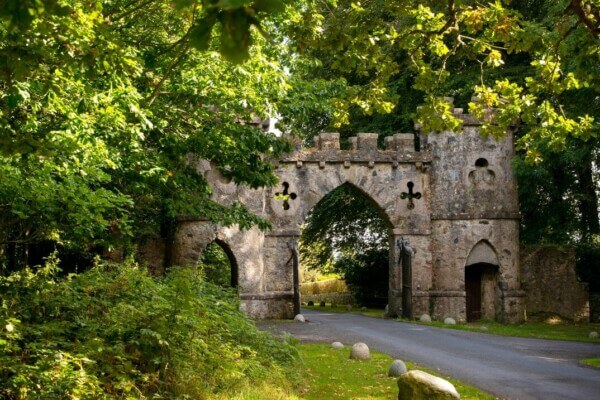
The park, which was also the setting for several scenes in HBO’s “Game of Thrones,” contains a number of ornamental follies that include Gothic gate arches and Clanbrassil Barn, which was designed to look like a church complete with a steeple and bell, a clock and a sundial.
The Shimna river cuts through the park and there are many curiosities to see here, all of which must have fueled Lewis’s imagination.
They include 16 bridges, as well as grottos and caves.
You’ll also find The King’s Grave in the Tollymore Forest Park. The megalithic cairn is located at the western end of it and dates from about 1,500 B.C.
Mussenden Temple
Another one of those places that inspired Lewis was Mussenden Temple.
Besides the ruin that is situated high on a cliff above the ocean, the surrounding Downhill Demesne, which once belonged to Frederick Augustus Hervey, bishop of Derry, has many interesting features.
They include a lion’s gate, a mausoleum, and a walled garden, memories that Lewis must have relied on to create his fantastical tales.
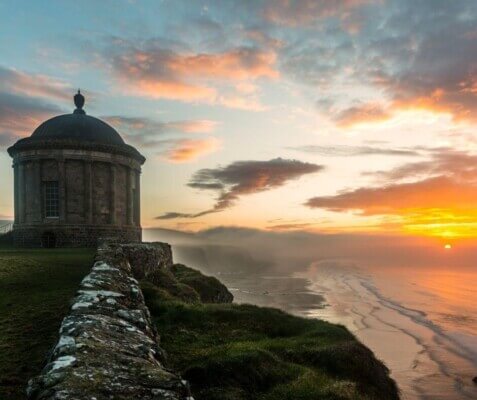
The temple, which is perhaps the most popular attraction of the grand country estate, served as a summer library for the bishop’s cousin, Frideswide Mussenden.
It was inspired by the Temple of Vesta in Tivoli.
In the early 1900s, when Lewis and his brother were exploring the surrounding area, the estate would have been occupied.
After the 1920s, it fell into disrepair and during World War II it was used as a Royal Air Force site.
Today, only the ruins of it remain.
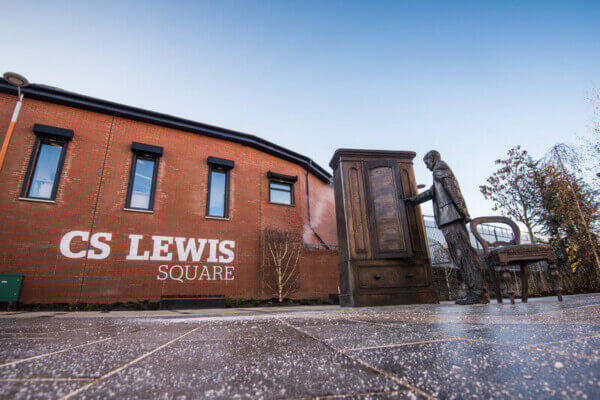
Other attractions that are connected to Lewis include a walk through CS Lewis Square in Belfast, which features seven sculptures from Lewis’s most popular book.
They include statues of Aslan, The White Witch, Mr. Tumnus, The Beavers, The Robin, and the Stone Table.
Let me know in the comments below if you’ve been to any of these CS Lewis attractions in Ireland that are mentioned above.

